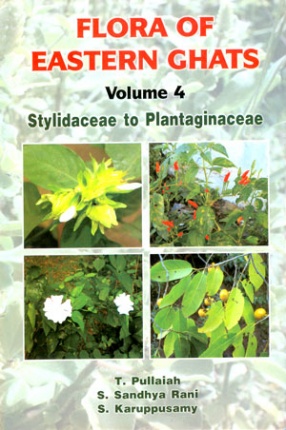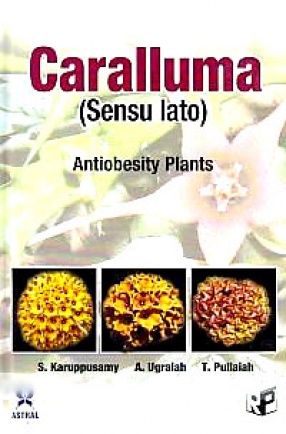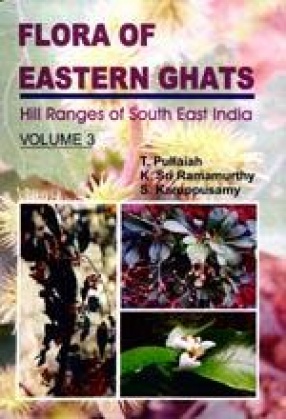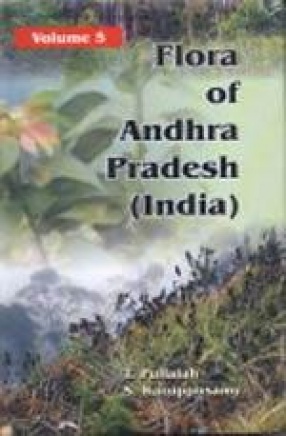
Showing all 5 books



The present Volume 7 of Biodiversity in India includes 18 chapters covering broad spectrum Biodiversity. It includes Balsaminaceae in Tamil Nadu, Loranthaceae and Viscaceae in Karnataka, Bryophytes of Western Ghats, Pholidota in Himalayas, Lepisorus in Nilgiris, Macrofungi in Kodagu region and Snakes of Sri Krishnadevaraya University campus. A few chapters deal with Non Timber forest produce, medicinal plants and wild edible plants are also dealt with. Ex situ ...

Caralluma has attracted the attention of general public because of its antiobesity activity and fascinating cacti growth with ornament flowers. If you search for Caralluma on the internet you get hundreds of websites for its antiobesity properties. Capsules of this plant are being sold in the west at exorbitant prices. It is a million dollar business. Because of this public has developed interest on this plant. This plant group is much attracted the gardeners, ...

The Eastern Ghats, one of the nine floristic zones in India, are located between 11degree and 50’ and 86 degree 30’ E longitude in a north-east to South west strike. The Eastern Ghats are spread over three states of India, namely Orissa, Andhra Pradesh and Tamil Nadu. It covers an area of about 75,000 sq. km. With an average width of 200 km in the north and 100 km in the South. They extend over a length of 1750 km between the rivers Mahanadi and ...

The Eastern Ghats, one of the nine floristic zones in India, are located between 11o30' and 22o N latitude and 76o 50' and 86o 30’E longitude in a North-East to South-West strike. The Eastern Ghats are spread over three states of India, namely Orissa, Andhra Pradesh and Tamil Nadu. It covers an area of about 75,000 sq. km with an average width of 200 km in the North and 100 km in the South. They extend over a length of 1750 km between ...

The state has been explored intensively by the authors for plant wealth during last 18 years. A total of about 2500 species of Angiosperms occur in the state. Bentham and Hooker's system of classification has been followed in the enumeration of families with certain exceptions to accommodate recent changes. A dichotomous indented key is given for families, genera and species. Under each family key to the genera followed by the genus with its authority, key to the ...
